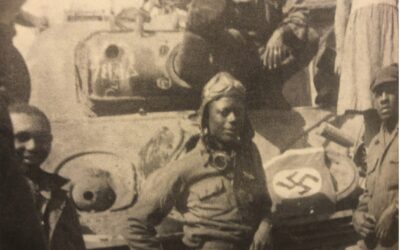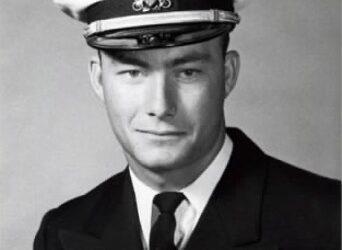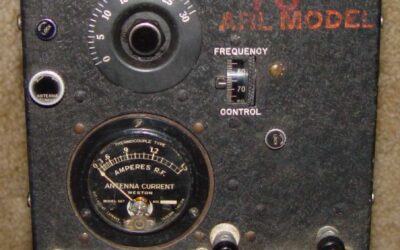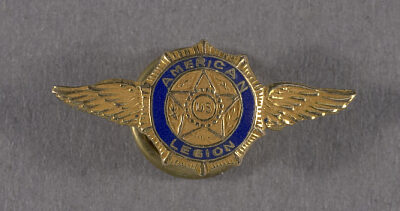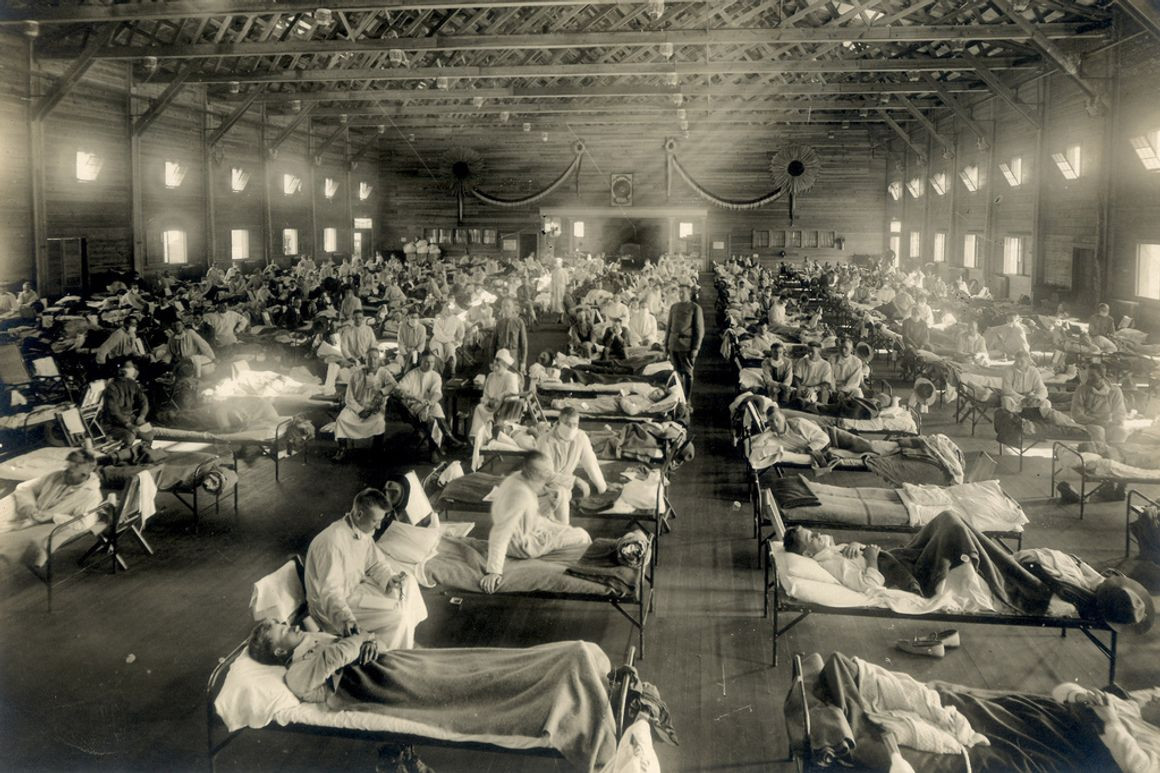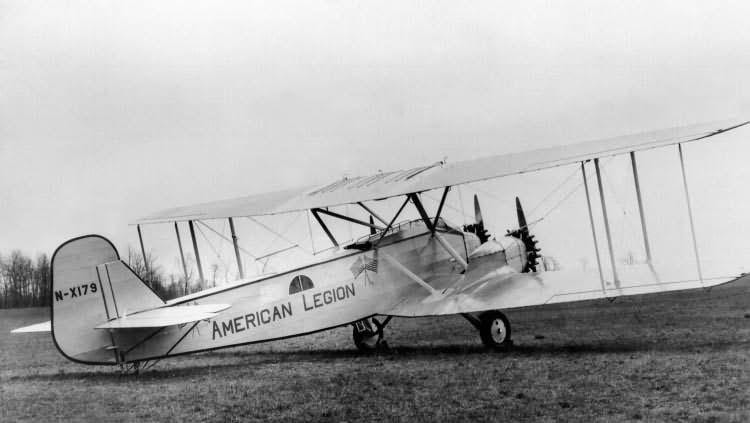History
 After service members returned to the United States at the conclusion of WWI, they recalled how advances in technology, specifically aviation, had broken the stalemate of trench warfare. When they returned, those veterans were determined that the United States would not fall behind in its ability to defend itself, especially in the area of airpower. However, congress cut the budgets of every aviation unit and sold almost every last airplane as surplus. This left the nation without airpower for defense.
After service members returned to the United States at the conclusion of WWI, they recalled how advances in technology, specifically aviation, had broken the stalemate of trench warfare. When they returned, those veterans were determined that the United States would not fall behind in its ability to defend itself, especially in the area of airpower. However, congress cut the budgets of every aviation unit and sold almost every last airplane as surplus. This left the nation without airpower for defense.
Nationally the American Legion led the push to build our aviation capabilities in the military for defense, as few veterans truly believed that the Great War had ended the possibility of ending all future wars. Legionnaires did not find success in lobbying congress, as old generals were afraid of their budgets being cut from traditional weapons to fund the new technology. Thus, the American Legion turned to build the infrastructure in commercial aviation so as to support the industry in case it was ever needed. In 1922, the national convention in New Orleans reorganized the committees, so that the national director of aviation became the national Aeronautics Committee under the National Security Commission, as did the Military Affairs, National Defense, and Naval Affairs committees.
Even today, the Department of California has this division of aerospace matters divided; so that commercial aviation and research falls under the Aerospace Commission, and military aerospace is under the Foreign Relations and National Security Commission. The national convention at Omaha in 1925 had President Calvin Coolidge in attendance and the floor passed a resolution supporting a plan put forth by the Aeronautics Committee to build more airfields, expand airmail, and provide more research into the advancement of aviation. Civilian aviation was getting a big boost from the American Legion and it was changing the public’s perception from the dangers of the barnstorming days, to aviation becoming a reliable means of transportation. This work continues today as the Aerospace Commission reports on new technologies affecting our nation, and helps to set policy through resolutions and community action. Now with the commercialization of space, more of the astronautics requirements are moving over to the civilian sector.
Related Articles
Dutch Remember American Sacrifices in WWII Liberation
In 2020 the Netherlands will complete a year-long commemoration to 75 years of liberation from five years of Nazi repression. The Netherlands was occupied in May 1940 after five days of sometimes heavy fighting. At that time, the city center of Rotterdam was...
Albert Hickman Still Remembered for Aviation Bravery
Few community posts have as close of a connection to their namesake as Albert J. Hickman Post 460. A native of Sioux City, Iowa, he was only 21 years old and one of the youngest pilots assigned to VF-121 where he flew a McDonnell F3H-2N Demon. Fighter Squadron 121...
A Brief History of Transportation Communications in the American Legion
Radiotelegraphy was the first means of radio communication. The first practical radio transmitters and receivers invented in the late 1800s used radiotelegraphy. It continued to be the only type of radio transmission during the first few decades of radio, called the...
Aerospace Commission Supports the Four Pillars of The American Legion
The Aeronautics Commission is one of the oldest in the American Legion. Aerospace, is made up of two components “Aeronautics” (aviation) and “Astronautics” (space). With the commercialization of space, this is becoming an important sector of the economy as more of...
Army Air Corps at forefront of 1918 influenza pandemic
In the fall of 1918, U.S. Army and Navy medical officers in camps across the country presided over the worst epidemic in American history. During this time, The War Department operated approximately 40 airfields for aviator training, most were located near large...
Aerospace Heritage in The American Legion
Aeronautics is one of the oldest commissions in The American Legion. After having celebrated our centennial, most of us know the story about how The American Legion was formed in Paris by service members waiting to return to the United States. Those service members...
DEPARTMENT BYLAWS
AERONAUTICS and AEROSPACE: To promote civilian air activities in the Department, including the building of model airplanes, and if deemed advisable competition among persons so engaged. (Aviation in the military field shall be handled by National Security.) To promote Aerospace research and to keep The American Legion advised of all activity in the field of Aerospace.

